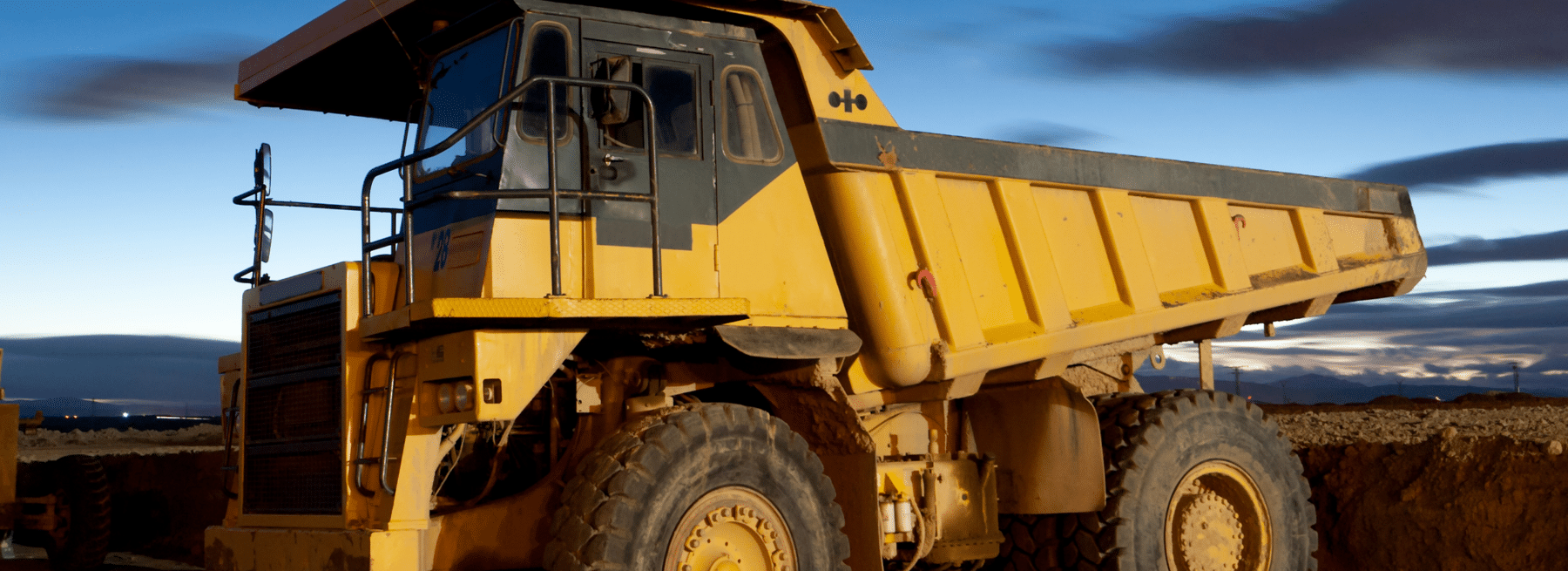Equipment rental theft is a serious problem because it costs businesses and individuals millions of dollars every year. In the United States alone, the National Insurance Crime Bureau and National Equipment Register equipment theft report estimate that over $1 billion worth of rental equipment is stolen each year.
This theft can have a significant impact on businesses, as it can disrupt operations and lead to lost revenue. Think equipment rental theft will never happen to you? Think again.
Why Equipment Rental Theft Is a Problem
The report from NICB and NER indicates the average cost of equipment theft is $400 million per year. This amount only looks at the price of the stolen assets. It does not include the theft of smaller items like building materials or tools. The report also does not account for the costs associated with any damage to the property that happened during the theft.
Additionally, a Verisk NER article states equipment rental theft and fraud have been growing since 2018. The trend continued in 2022. Another problem affecting rental equipment is smash and grabs. The NER article shows an example of 320 equipment theft incidents reported around Memorial Day. Thieves target storage facilities, worksites, and dealerships.
NER explains that much of its data does not tell the full story. The number of thefts and the costs are likely to be higher than reported. Some companies don’t report theft for various reasons, and the data is based on what actually gets reported to NER.
Rental equipment theft hurts the business. The cost of rental equipment theft is not just financial. It can cause delays and disruptions to projects, as well as increased insurance premiums for rental companies and the owners of stolen equipment.
The business won’t have the equipment to finish projects, and the data does not consider the costs associated with not being able to work because the business does not have the equipment. Replacing the stolen equipment with new, used, or rental equipment won’t necessarily happen quickly.
The U.S. economy is struggling. Many companies are laying off employees. This can be an indication that thefts will rise. Verisk says equipment rental theft patterns often mirror the state of the economy. There is also a high demand and low supply of equipment. Anytime this happens, organized crime rings will go after them.
Thinking that equipment rental theft won’t happen to your business can put you at risk, leaving you unprepared and not taking necessary steps to prevent it. Rental equipment is often left unattended or unsecured, making it easy for thieves to take it.
If a theft occurs, it can be hard to find replacements in a timely manner and for an affordable price. Experts advise all industries using rental equipment to be proactive in deterring theft.
5 Ways to Prevent Equipment Rental Theft
There are many things that businesses and individuals can do to protect their rental equipment from theft. One important step is to make sure that equipment is properly locked when it is not in use. This means locking equipment in a secure location or using a security system.
No matter the industry you’re in or the size of your property, following these tips will largely bolster security. Yes, even if your business cannot lock up some assets. Examples of these are large equipment on a construction site and vehicles for sale at a car dealership.
It is also important to be aware of the signs of rental equipment theft and to report any suspicious activity to the rental company or the police. Regardless of your industry or the size of your property, you can fortify your company’s security when you follow these tips. Here are five tips on how to protect your business from equipment rental theft.
1. Create a security plan
It’s strongly recommended you work with a security specialist in creating a security plan. The plan documents areas of vulnerability in and around your business and how to fix them. It’ll capture security requirements for the interior and exterior of the business.
The security plan will indicate the role of the employee whose responsibilities include managing the company’s security. The employee may or may not be a security expert. They could be a security program manager who contracts out the security to vendors. They also serve as the contact point for everything related to the company’s security.
The employee overseeing the security program will verify new employee’s complete security training when they join the company and that current employees take refresher training at least once a year. The role allows you to assign ownership of security-related activities to one person. It’s also critical to have a backup in case the person is out of the office or does not respond.
People and security processes can make or break a company’s security. You can have an unlimited budget to implement all the security recommendations containing multiple layers of security. Nonetheless, an employee could do something simple as letting a stranger into the building to increase the risk of theft.
That’s why the security plan needs to include information about how all new employees will receive security training while onboard. And all current employees undergo training at least once a year to get updates and prevent complacency.
2. Train employees on security processes
After completing the security plan, implement the security training program. If you’ve already had security training in place, then update it as needed and verify new employees have completed the training.
The content of the security training depends on the company’s industry, security processes, and security technology. A construction site would not provide the same kind of training as a car dealership or a storage facility. Each industry and business has unique requirements.
3. Implement an asset management tracking system
Engraving identification information on equipment will be a big help in deterring theft. But before you do that, you want to have a way to keep track of the equipment and information. That’s what an asset management tracking system can do. The app allows you to enter all the information about your assets. Some let you attach photos, which will be helpful as proof of ownership.
Hopefully, you won’t have to do this, but at least you’ll be prepared. If there’s a rental equipment theft, then the asset tracking system gives you everything you need to report the theft to the insurance company, police, NER, National Insurance Crime Bureau, and any other organization that requests information about the stolen asset.
One of the most valuable features is that the app can send automatic emails or other notifications when it needs servicing or maintenance. This prolongs the life of the asset.
4. Engrave identification details on equipment
Now that you have an asset management tracking system, this is the best time to engrave or stamp identifiable information. Start with your most expensive assets as well as the ones that are critical to the business. The key is to label the assets in a permanent way. In other words, don’t use stickers. Thieves will remove them. Also, consider hiding GPS trackers on these expensive and business-critical items.
Be aware that GPS trackers aren’t perfect. Some organized crime rings use GPS jammers to break the GPS. Or they search for it and remove it. That’s another reason to etch identifying information into your assets.
5. Install video surveillance with monitoring
You want to ensure you implement the right security cameras with monitoring services. Video cameras without monitoring turn them into a reactive system. This means they won’t report anything until a crime has taken place. In some cases, they don’t report anything, and the business will need to review the videos to find out what happened after noticing damage or missing assets.
Unlike reactive traditional security cameras, a video surveillance system with monitoring is proactive and has the ability to deter rental equipment theft and prevent damage. The remote monitoring part of the equation involves video analytics and trained monitoring operators watching the cameras for shady activities in real time.
When they spot a problem, the monitoring operators respond based on the situation. They are not located on business property. They’re in a safe location elsewhere. This ensures they respond in the best way for the situation. One option is to give a verbal warning to the intruders over the remote speakers. If this doesn’t stop them, then the monitoring operator stays on top of the suspects’ movements while calling the police.
All recordings are saved for later referencing. They can come in handy for liability claims. These are hard cases to win without video evidence.
Video surveillance can also make sure employees are following processes and procedures. Be sure to ask about a system health check. You don’t want your cameras to stop working before something happens. This is another proactive tool that helps ensure it’s always working.
Stealth Monitoring Helps Prevent Equipment Rental Theft
While applying these five ways will help cut your risk for rental equipment theft and maximize your security investment, you want to make sure you get a return on your security investment. It’s important to find a security vendor with experience in your industry.
Stealth Monitoring has worked with many industries across North America. Check out the videos for your industry to learn how video surveillance with monitoring works. Stealth customizes security systems to meet its clients’ requirements and budgets. Clients often see a return on their security investment within months. To learn more, review this free guide on Remote Video Surveillance: More Than Just Catching Criminals or contact us.
Texas Private Security License Number: B14187.

